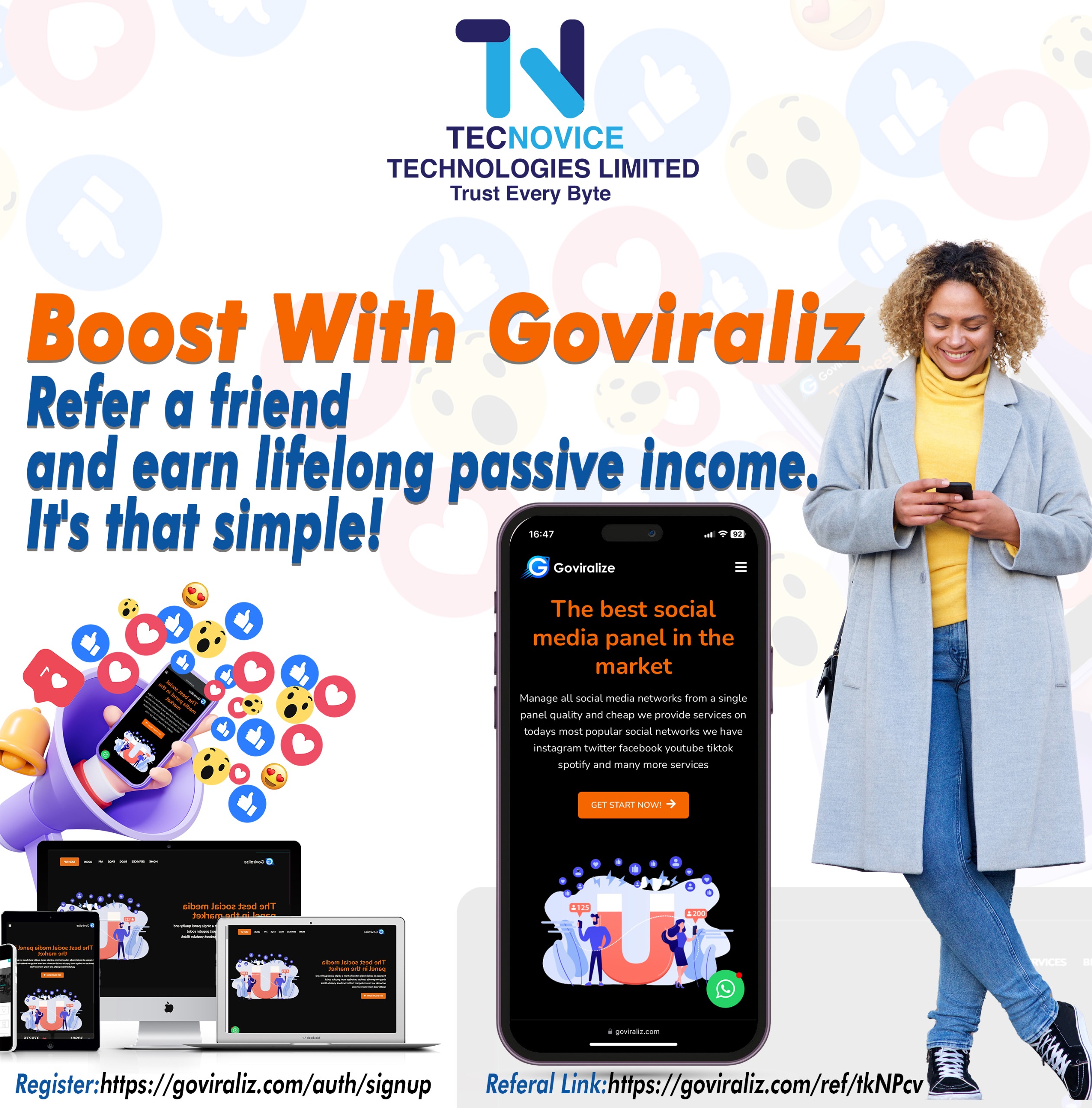
The Psychology Behind Viral Social Media Content
Goviraliz Aug 7, 2024 Business Social Media
Social media has revolutionized the way we consume and share content. Every day, billions of posts, tweets, and videos are shared across platforms, but only a select few manage to truly "go viral." What is it about these viral social media posts that captivates audiences and compels them to share?
In this post, we'll dive into the psychological triggers and elements that contribute to the virality of social media content. By understanding these principles, you can apply them to create more engaging, shareable content for your own social media presence.
Emotional Resonance
One of the key factors that drives virality is emotional resonance. Posts that evoke a strong emotional response - whether that's laughter, inspiration, anger, or something else - are much more likely to be shared. This is because emotions play a powerful role in our decision-making and social behavior.
When we experience an intense emotional reaction to content, we're more likely to feel compelled to share it with our networks. We want to recreate that feeling in others, or align ourselves with the message or sentiment being expressed. Tapping into universal human emotions is a proven way to create content that resonates and spreads.
Shareability
Closely related to emotional resonance is the concept of shareability. Viral content is inherently shareable - it's the kind of material that people feel compelled to pass along to their friends, family, and followers.
What makes content shareable? A few key elements:
- Visual appeal: Highly visual, eye-catching content tends to be more shareable than text-heavy posts.
- Utility or entertainment value: People are more likely to share content that they find useful, insightful, or genuinely entertaining.
- Social currency: Sharing certain types of content allows people to signal their interests, values, and social identity.
By optimizing your content for shareability, you increase the chances of it being widely distributed across social networks.
Timeliness
Timing is also a critical factor in whether content goes viral. The most viral posts often capitalize on current events, trends, or cultural moments. When content is highly relevant to what's happening in the world, people are more likely to engage with and share it.
Monitoring social media trends, news cycles, and popular culture can help you identify opportunities to create timely, relevant content. By striking while the iron is hot, you increase the chances of your posts resonating with a wide audience.
Applying the Principles
So, how can you apply these psychological principles to create your own viral social media content? Here are a few tips:
- Identify emotional triggers and craft content that evokes strong feelings.
- Design visually compelling assets that are easy to share.
- Stay up-to-date on current events and cultural trends, and create content that taps into the zeitgeist.
- Test different approaches and monitor your performance to understand what resonates best with your audience.
By understanding the psychology behind viral content, you can develop a more strategic, data-driven approach to your social media marketing efforts. With the right combination of emotional resonance, shareability, and timeliness, you can create content that captivates and compels your audience to hit that share button.


